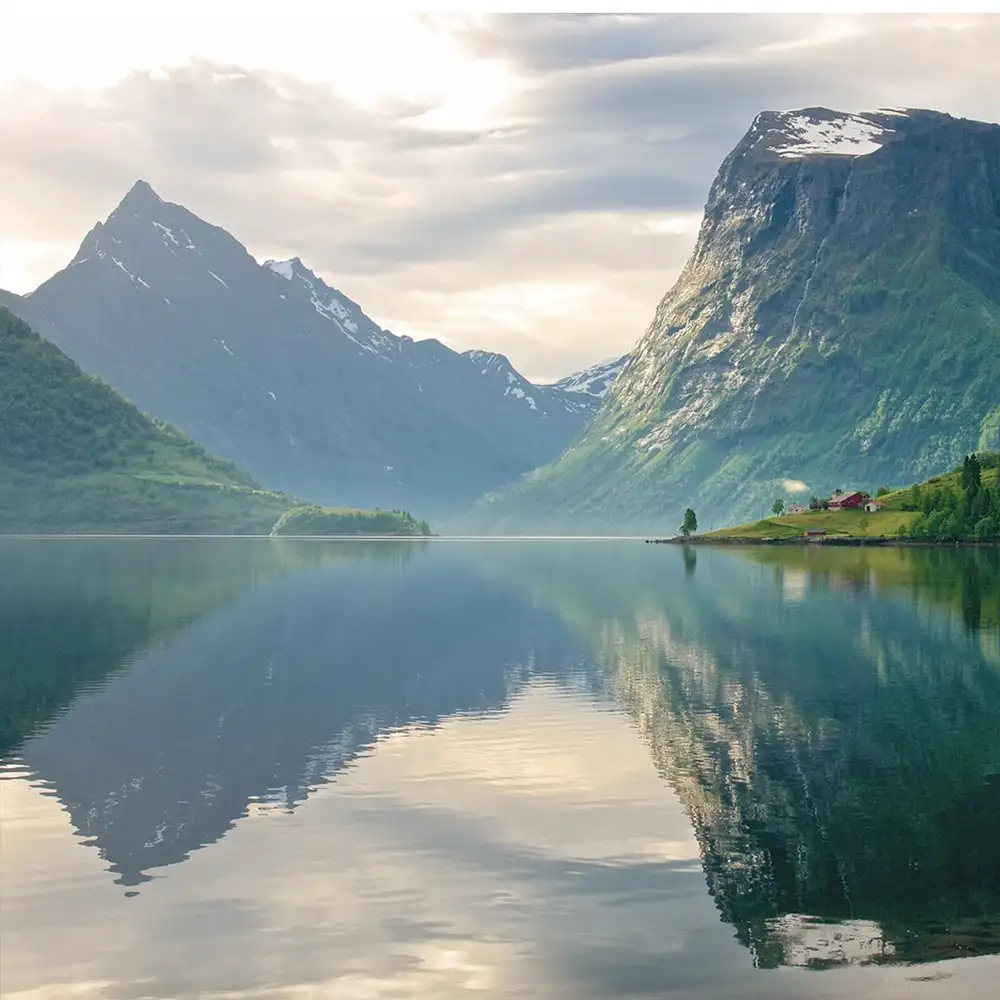Sailing from Scotland to Norway is a journey that few get to experience. It is a route shaped by the sea, steeped in Viking history, and filled with raw, untamed beauty. The winds and weather will guide us, dictating where we go and when, but every mile brings us closer to one of the most spectacular coastlines in the world.
Departing Scotland
The journey begins in Ullapool, a fishing village on the shores of Loch Broom, where the last outposts of Scotland meet the open sea. From here, we’ll sail north, past towering cliffs and remote headlands, where the rugged coastline fades into the horizon. We push on, past Cape Wrath and into the Pentland Firth, one of the most notorious tidal passages in the world. The sea here moves fast, funneled between the Scottish mainland and the Orkney Islands, where whirlpools and standing waves swirl beneath the hull. Timing is everything, and when we get it right, the passage eastward is exhilarating.
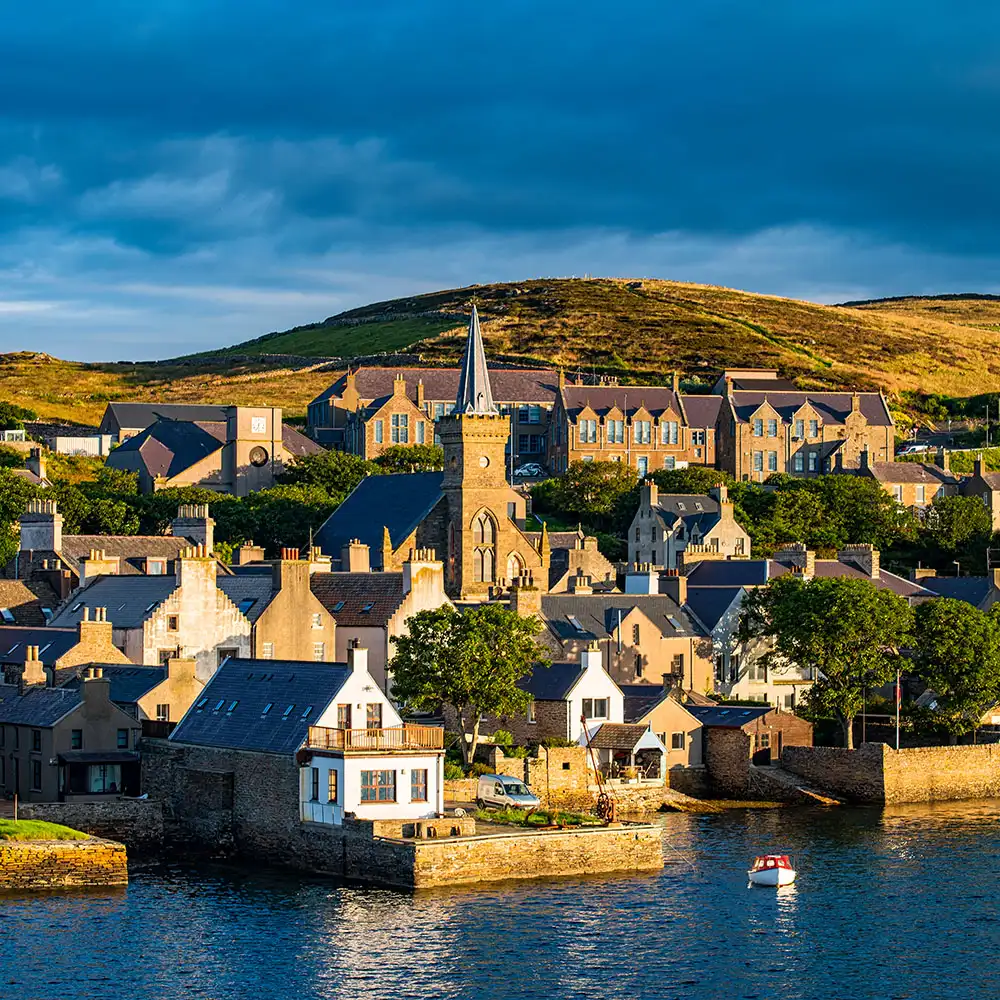
The Northern Isles: Orkney, Shetland & Fair Isle
Beyond the Firth, Orkney, Shetland, and Fair Isle mark the last stepping stones before open water. These islands are a mix of ancient history, dramatic landscapes, and untamed wildlife. It’s a place where Viking longships once sailed, and seabirds crowd the towering cliffs. In Orkney, Neolithic standing stones and burial cairns dot the windswept moors, a reminder of civilizations that thrived here over 5,000 years ago. In Shetland, the land is wilder. Its stark cliffs, quiet fishing harbors, and a Norse influence that still lingers in the culture. If conditions allow, we may also reach Fair Isle, a tiny, remote outpost where seabirds nest in the thousands and the island’s famous knitwear carries on traditions centuries old. The journey through these islands is shaped by the sea. We move with the tides, anchoring in sheltered harbors, keeping watch for whales and dolphins in the cold northern waters, and adjusting our route to whatever the weather gives us.
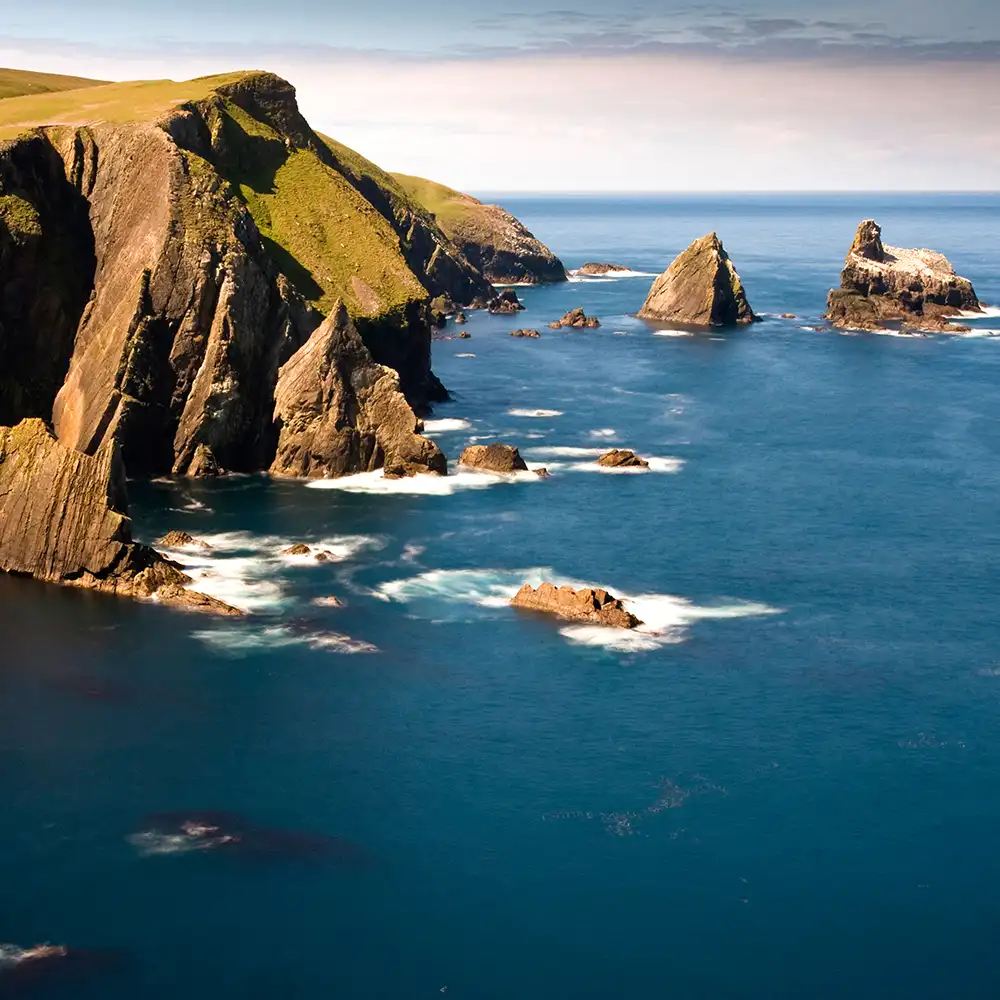
The North Sea Crossing: A 200 Mile Offshore Passage
We leave Shetland behind and turn east, setting our course for Norway. For the next 24 hours, it’s just us and the sea. Watches are set, the boat finds its rhythm, and we sail through deep rolling swells, shifting winds, and an endless horizon. The North Sea is alive.
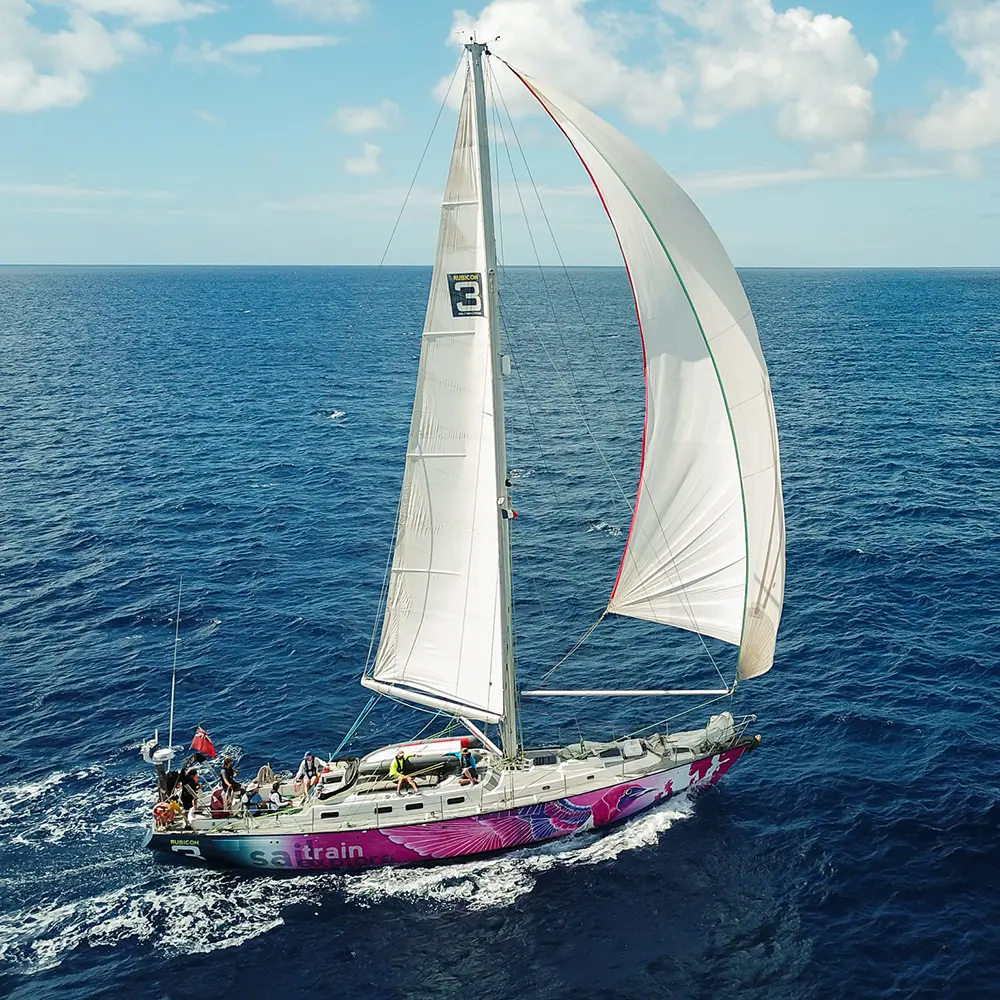
Whales may surface in the distance, pods of dolphins might race alongside us, and seabirds ride the wind far from land. At this latitude, the sky barely darkens, the sun lingering on the horizon before climbing back up again. The further east we sail, the more the anticipation builds. Then, after just over a day and night at sea, a shadow appears ahead – the mountains of Norway, rising from the water like something from another world.
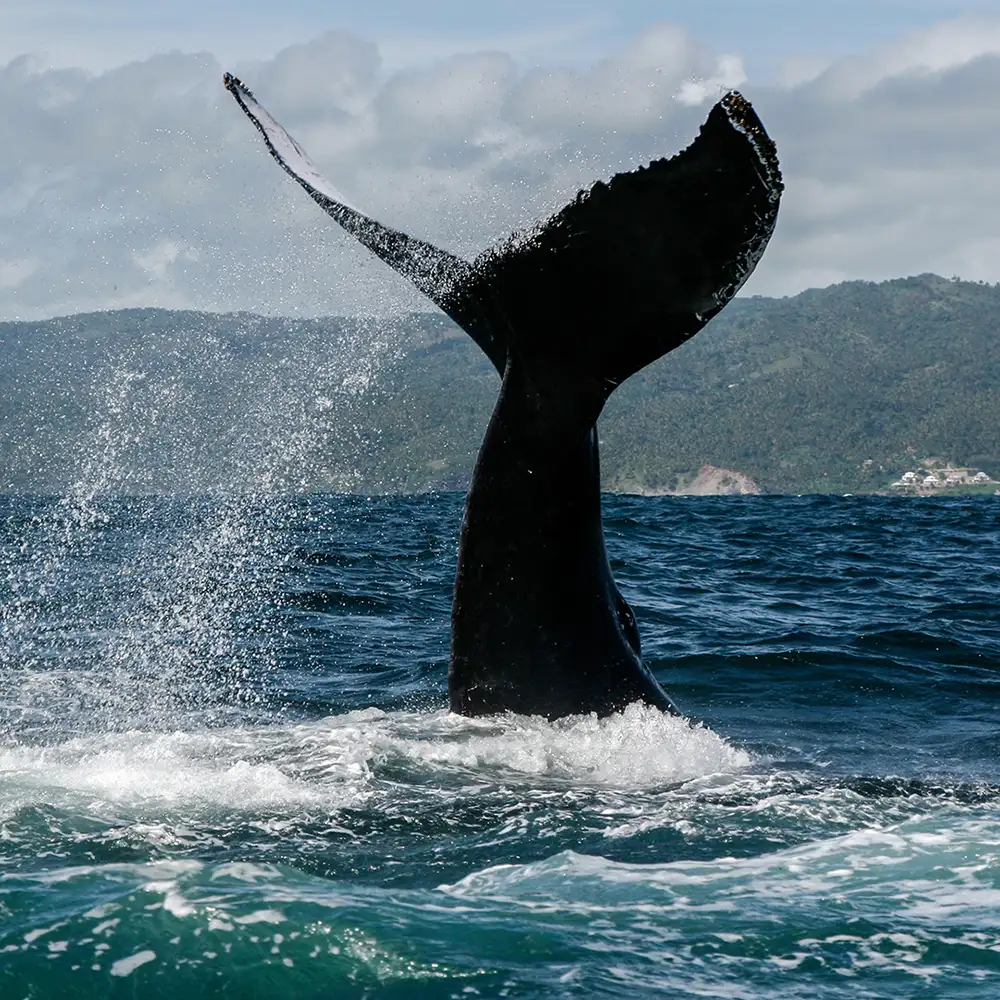
Sailing Norway’s Wild West Coast
Landfall in Norway is just the beginning. As we work our way north toward Ålesund, we have the chance to explore some of the most spectacular, less-visited parts of the coastline, where sheer cliffs drop into deep fjords, remote villages cling to the water’s edge, and the North Atlantic carves dramatic shapes into the land.
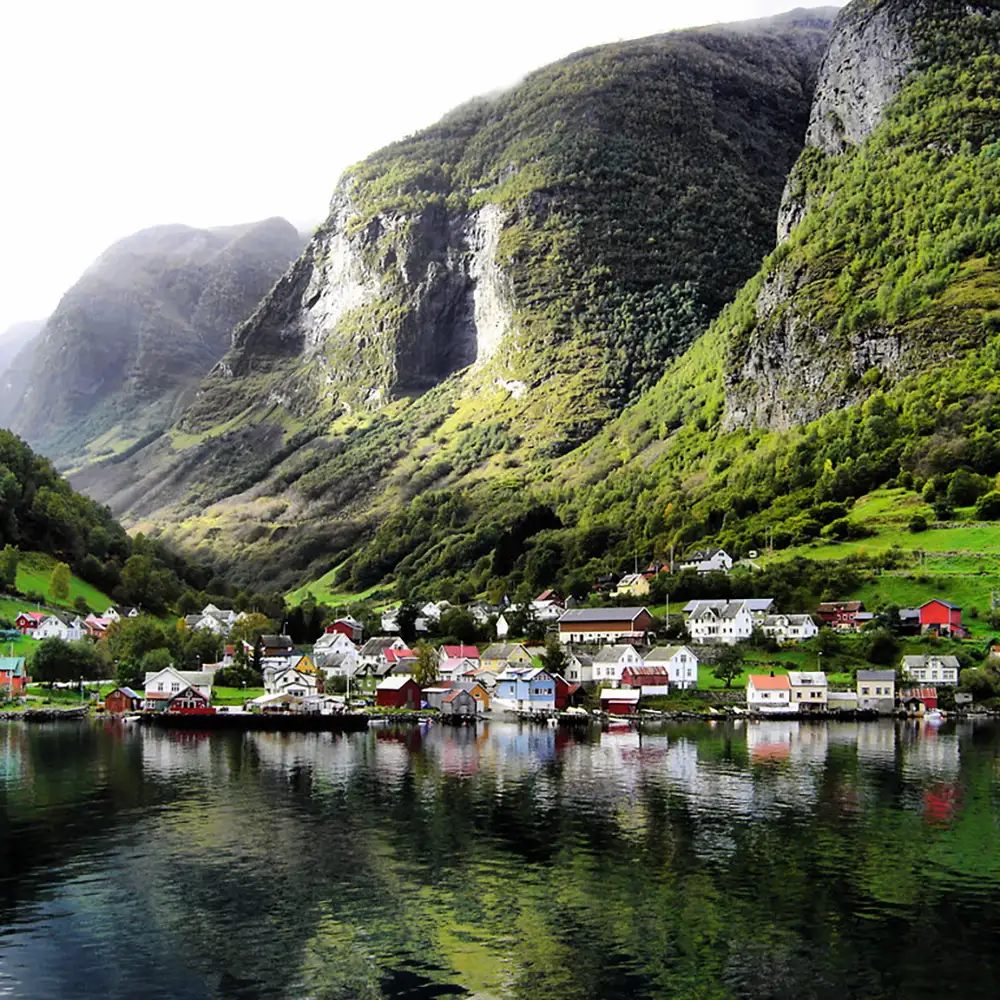
One possible stop is Måløy, a fishing town perched between the open ocean and the fjords. The surrounding waters are a playground for sailors, with hidden anchorages and rugged islets that seem lost in time. Just offshore, Kannesteinen Rock, a wave-sculpted monolith, stands like a natural sculpture in the shallows, while Kråkenes Lighthouse, battered by Atlantic storms, offers one of the most breathtaking coastal views in Norway.
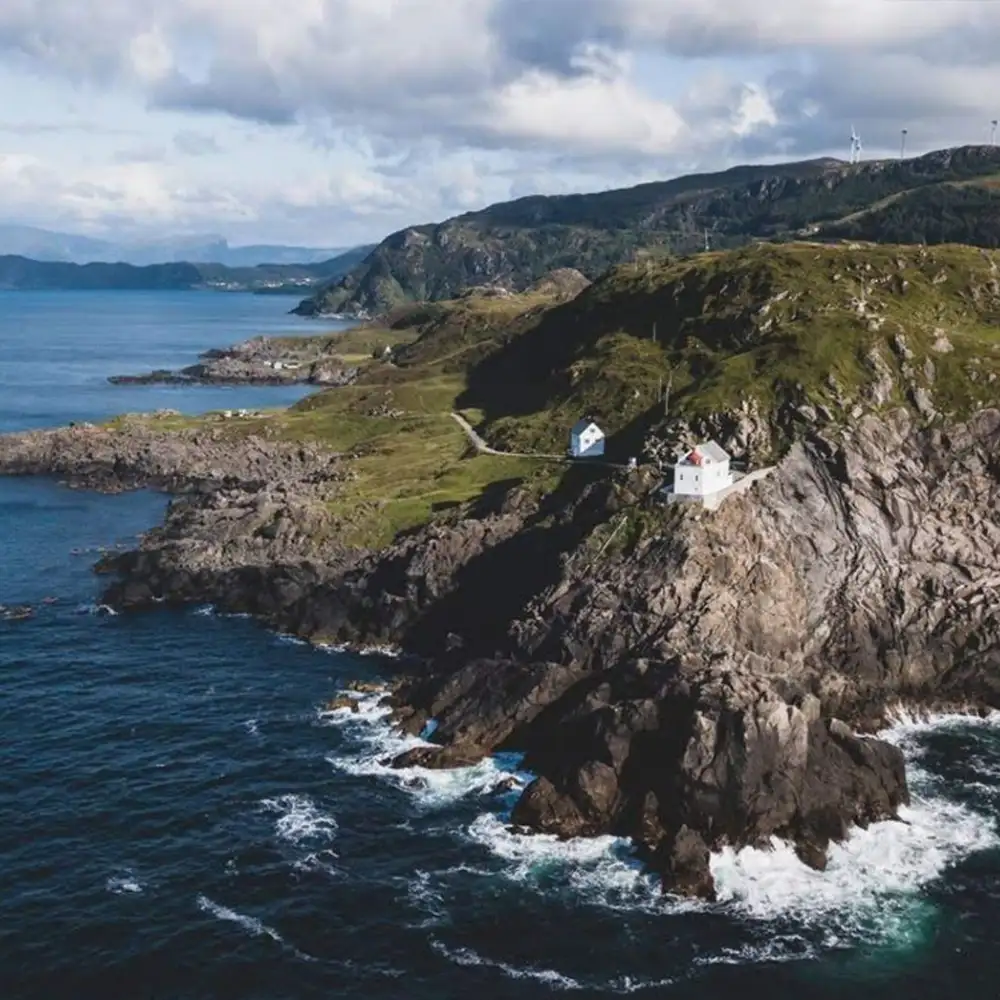
Further inland, there’s the possibility of Hjørundfjord, one of Norway’s most striking yet least-visited fjords. A place of silence, reflection, and staggering beauty, it cuts deep into the Sunnmøre Alps, with snow-capped peaks towering above still, mirror-like waters. Villages like Sæbø and Urke, nestled at the base of the mountains, feel like stepping back in time. If conditions and time allow, we could anchor beneath the cliffs, hike to panoramic ridges, or simply absorb the sheer scale of the landscape from the deck. Every stop along the way is dictated by wind and weather, but the journey north is truly magical.
